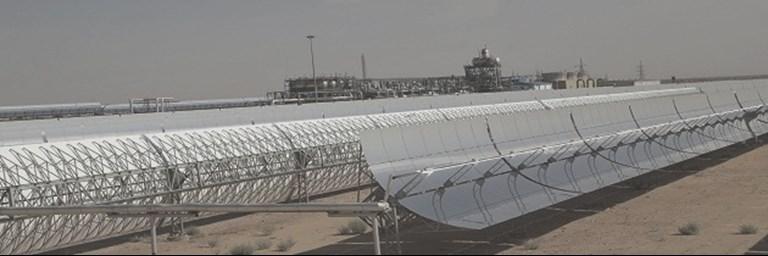10 June 2015 4 menit
[UNFCCC] The Transformational Power of Climate Finance Successes Showcased in Bonn

ARTICLE / 10. JUN, 2015
 Climate funds can play a transformative role greening developing country economies, and are already leveraging billions of dollars. If further scaled up, they are central to helping the world stay below the internationally agreed goal of a maximum 2 degrees Celsius global average temperature rise.
Climate funds can play a transformative role greening developing country economies, and are already leveraging billions of dollars. If further scaled up, they are central to helping the world stay below the internationally agreed goal of a maximum 2 degrees Celsius global average temperature rise.
These are the central conclusions of experts meeting on the margins of the ongoing UN Climate Change Conference in Bonn. The experts showcased inspiring examples of climate funds, notably the Climate Investment Funds (CIF), which finance projects in 70 countries. Founded in 2009 as a precursor to the Green Climate Fund, the CIF have been been allocated more than 8 billion dollars to date.
Key to Success is High Leverage
The Climate Investment Funds work in several fields, including forest protection, building resilience to climate change and clean energy. 60% of the money goes towards renewable energy and energy efficiency.
Frank Fass-Metz of Germany’s Development Ministry, one of the fund’s main donors, said the Climate Investment Funds are a success story not because of the amount of money allocated to them, but because they have been able to mobilize far greater sums. “We have been really impressed by achievements of the fund in in leveraging additional resources, namely around USD 57 billion USD. This has delivered significant results on the ground,” he said.
The Climate Investment Funds have notably helped renewable energy technologies take off in developing countries and emerging economies which would otherwise have not reached market maturity.
For example, the fund has been instrumental in helping to add one fourth of the world’s geothermal capacity – around 2.7 gigawatts. And it is on track to contribute to 16 gigawatt of renewable energy power around the world – the amount of energy needed power all of eastern Africa.
The CIF has notably been strongly promoting concentrated solar power (CSP) in developing countries. For example, the funds have assisted the Moroccan government in building a CSP plant that will provide more than a million citizens with clean energy. Whilst the CIF provided USD 500 million, a total of 1.7 billion USD was leveraged.
Billions Raised, Trillions More Now Neeeded
Whilst this sum may sound impressive, Chizuru Aoki of the Global Environmental Facility said in Bonn that not billions, but trillions of dollars would be needed over the next 15 years to put the world on a sustainable pathway.
“We’re looking at infrastructure investments totalling around 89 trillion, mainly in the energy and cities sectors, to 2030. What we need is money to leverage those trillions – to pay for the incremental costs that are required to make those investments happen. This may be not more than 5% of the total expenditure.”
Dechen Tsering, Head of Finance, Technology and Capacity Building with the UNFCCC secretariat, said that whilst more climate finance was urgently needed, there was already much to be built on in terms of institutional capacity and financial flows:
“We often forget the progress we have made on climate finance, also under the UN Climate Convention. Annual public and private flows from developed to developing countries ranged from $40 to $175 billion in 2011-2012, from a variety of sources and sources. All of the existing funds are important to scale up the financing to meet the USD 100 billion pledged to developing countries by 2020 and beyond. We are going in the right direction; we now need to speed up the financial flows and strengthen the existing institutions.”
For an assessment of financial flows supporting emission reductions and adaptation within countries and via international support, see the main conclusions of a report published by the UNFCCC Standing Committee on Finance here.
Link:
http://newsroom.unfccc.int/financial-flows/climate-finance-success-stories-showcased-in-bonn/
